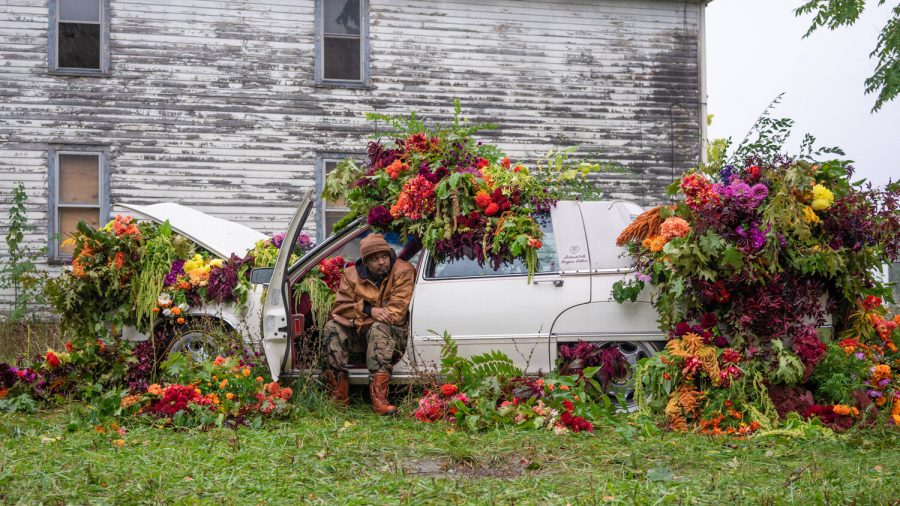Plants Are a Creative and Environmental Inspiration for Good
(Photo by Noah Elliott Morrison | Courtesy Lisa Waud)
May 16, 2021
There is no denying that plant ownership has seen a recent resurgence in pop culture and even within our day-to-day lives. More and more people are purchasing plants and investing in their gardens than ever before. In fact, according to an article by HuffPost, the 2019 National Gardening Survey estimates that Americans spent $52.3 billion on their gardening habits.
From rooms full of houseplants to striking art installations that use plants as their centerpiece — plants are becoming more popular than ever. But with that attention comes a very difficult question: does focusing on plants help or hinder the environmental issues that we are facing?
The Blooming Botanical Art Scene
Plants have become so popular that they’ve been given their own category within the fine arts. Botanical art can involve anything from detailed sketches of a plant’s scientific composition to an art installation where plants become the central focus.
Botanical illustrator Alice Tangerini is renowned for becoming The Smithsonian’s first-ever artist who utilizes plants in this unique way. Her work often begins as a sketch of the plant. Then she analyzes the subject underneath a microscope to create a detailed map of the plant’s limbs and inner workings. The result is a work that is a marriage of art and science unlike any other. “Art in the service of science,” is how Tangerini described her work in an article for the Smithsonian.
For Tangerini and creators like her, rooting art in science is complementary and educational while still providing a mystifying experience of nature. Their goal is often to raise awareness of environmental issues and the important role that plants and foliage play on our planet. Some artists even aim to root education and the artistry of plants in community and different human experiences.
Lisa Waud is a botanical artist whose installations are unique to each community and collaboration. Her projects are often guided by the members of the community themselves. By fostering collaboration, Waud aims to provide a fully immersive experience from the preparation of an installation all the way through to the careful disposal and recycling of a piece.
In the creation of a temporary piece of plant art that is often reused, Waud is teaching communities that art can heal us without impacting the environment as so many other forms of art do. For example, paint manufacturer Golden Paints highlights the importance of proper disposal of paint products in protecting the environment and its inhabitants. They provide education on the proper disposal of paint and its byproducts and encourage the recycling of their paint containers for future use.
A Green Future for Art
With companies making initiatives to be more environmentally conscious and to reduce their waste, the art industry seems to be recognizing the importance of preserving the environment.
Additionally, the creation of botanical-inspired art is starting a much-needed conversation and bringing plants into focus. They aren’t just mediums for inspiration but rather heralds for the importance of caring for the environment and the examples of art living around us daily.








